Micro-LED vs. Mini-LED: What's the difference?
Micro-LED vs. Mini-LED: What's the departure?
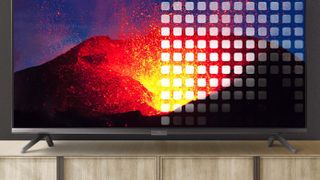
Mini-LED and micro-LED are two terms you lot'll kickoff seeing more often in 2021 as new TVs utilize the new technologies for better displays. But what exactly do those terms mean? And how are mini-LED and micro-LED different?
When y'all recollect of LEDs, you lot probably recollect of simple tiny lights, similar power indicators, Christmas lights, and glowing features on toys. Only LEDs play an essential part in one technology you probably utilise every day: Your TV. And the role of the apprehensive light-emitting diode is well-nigh to get a lot bigger with the latest LED technologies.
LED Basics
LED stands for calorie-free emitting diode, and they're 1 of the simplest components in modernistic engineering. LEDs take a specialized semiconductor that glows when current passes through information technology, and operating 1 is extremely simple: when current is on, information technology emits light. When it's off, it goes dark.
Always since they appeared in consumer products back in the 60s, LED development has refined upon that basic premise. Improvements accept made them brighter and produced a rainbow of dissimilar colors, just that basic functionality has defined the LED for decades. Recent products like loftier-efficiency light bulbs and the flashlight on smartphones all benefit from the higher brightness offered by modern LEDs, but they've also been used in everything from infrared remote controls to digital displays.
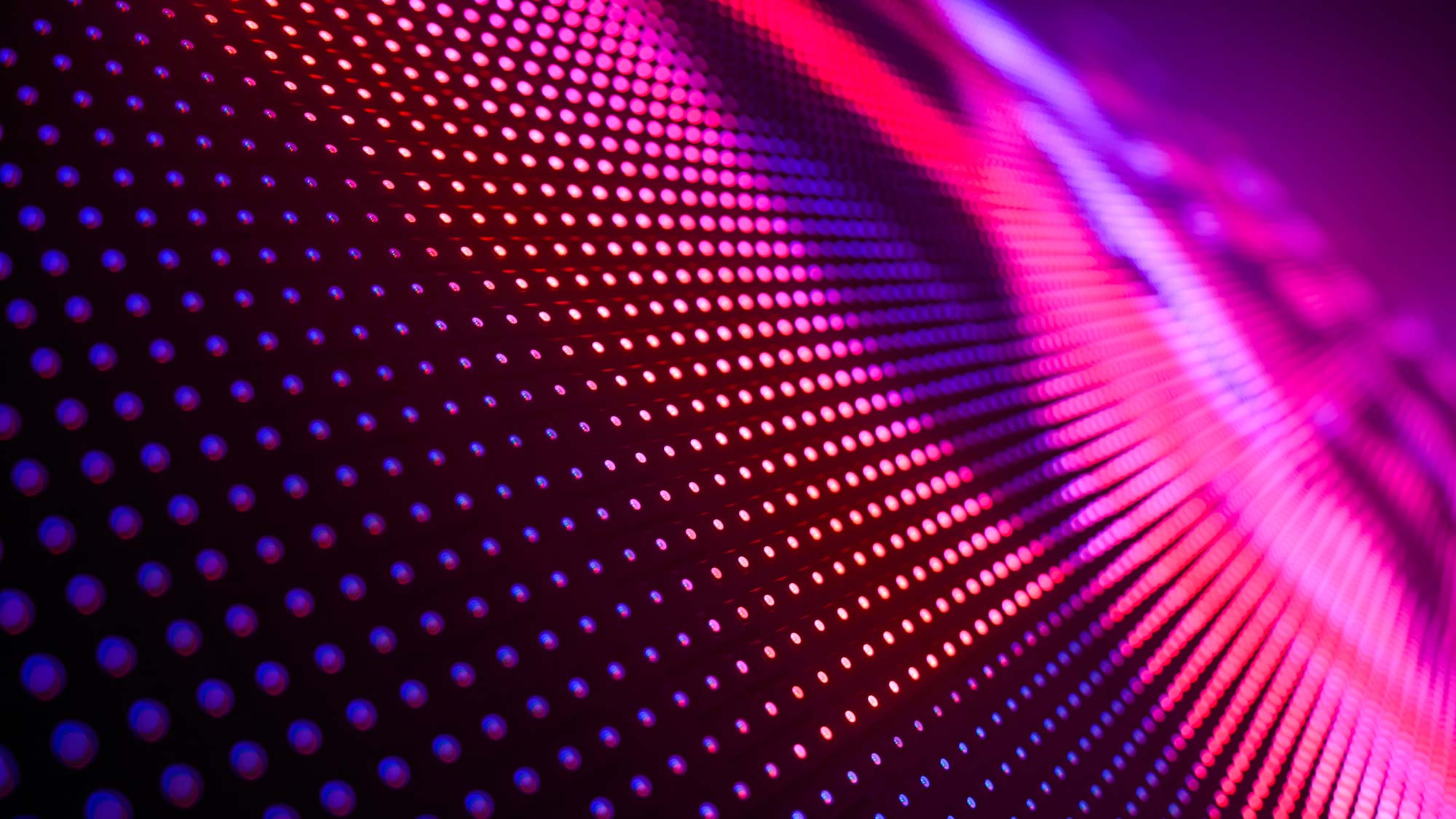
The biggest change to come to LED technology was the introduction of organic compounds that allowed multiple color LEDs that could exist deposited onto drinking glass much like a printer puts ink on paper. With the power to display vivid colors and perfect blacks, OLED has become the leading display technology in the TV world.
Just mini-LEDs and micro-LEDs may change the TV technology landscape considerably in 2021.
Mini-LED: Tiny backlights make a big difference
Mini LEDs are smaller than the average LED, with diodes that measure in the 0.008-inch (200 microns) range, or near a fifth the size of what a standard LED measures. That smaller size means that more than of them tin exist packed together in the same area, assuasive a full array backlit Idiot box to boast thousands of micro LEDs behind the LCD panel, and to offer a hundred or more discrete dimming zones.
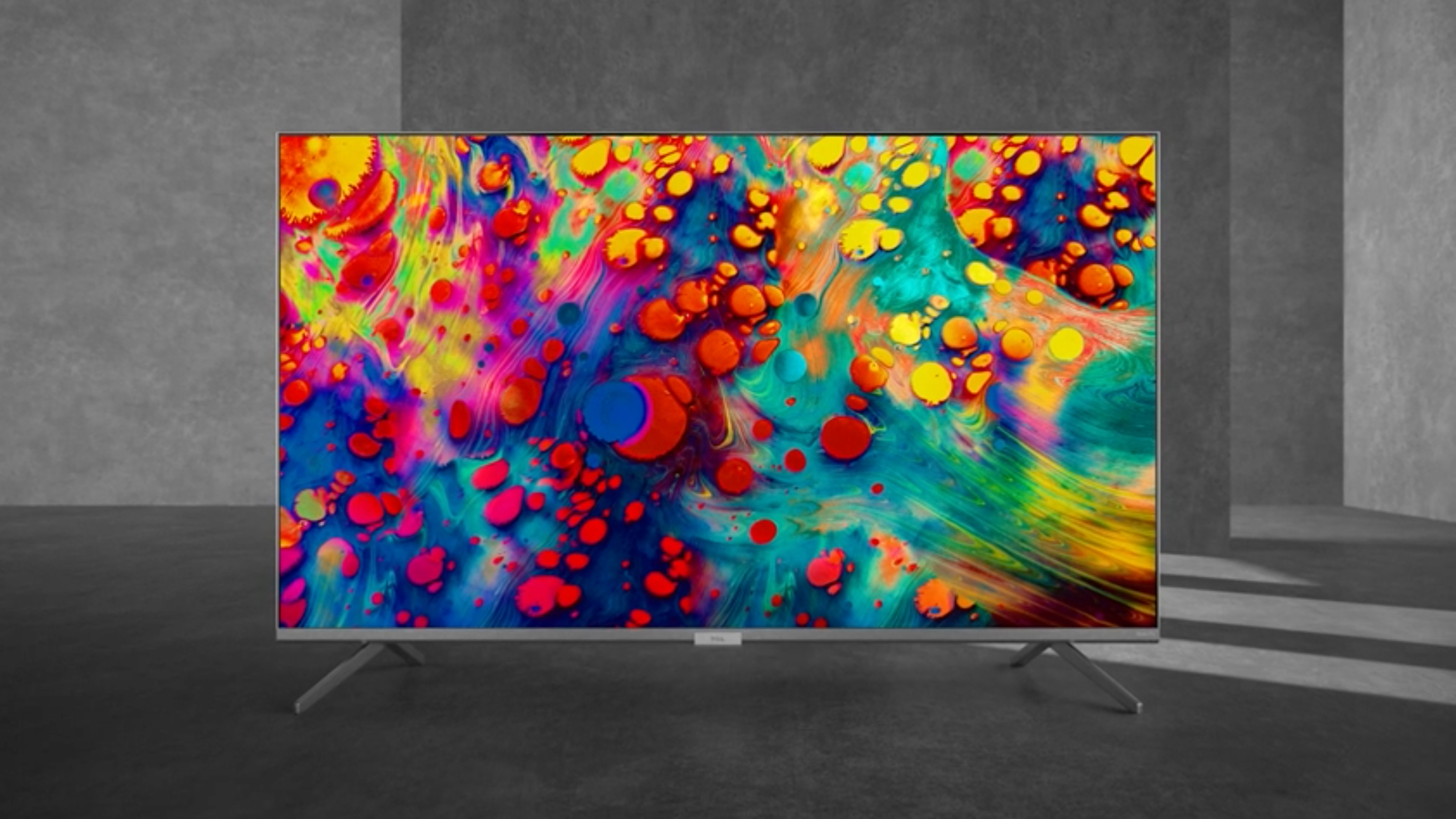
That's an club of magnitude increase compared to local dimming on TVs that use standard LEDS, where dimming zones would number in just the dozens on the about premium models. Each of these smaller dimming zones provide more than tightly controlled backlight, and thus improve brights, deeper darks, and less haloing caused by dimming zones that spill into high contrast areas. This translates into superb HDR performance, but also a richer picture overall, bringing LCD-based TVs much closer in line with OLED, the current champ in the TV display technology world.
And the best part? The price isn't much more than competing TVs using standard size LEDs. For a price increase of a couple hundred dollars you can go a drastically better picture, the sort of improvement that used to toll several hundred dollars to make the premium leap to OLED.
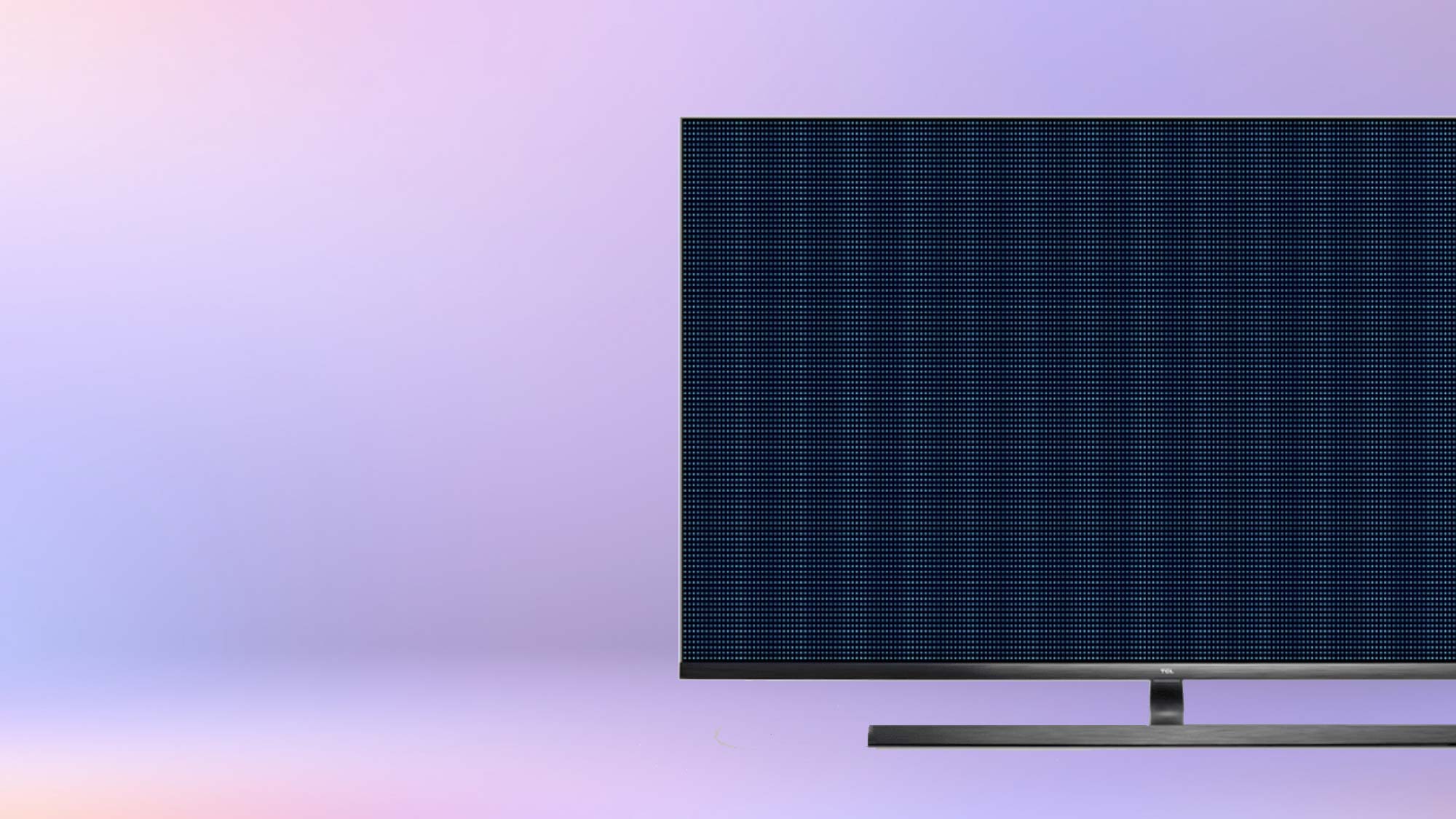
TCL has made a proper name for itself introducing mini-LEDs back in 2019 with the TCL 8-Series Roku Boob tube, and then bringing the aforementioned mini-LED backlight to the TCL half dozen-Series Roku TV (R635) model that is our favorite value TV of the year. The result is one of the all-time TVs yous tin can go, and at a price that's nether $1,000 for all simply the largest 75-inch model.
Competitors have definitely noticed, with Samsung gearing up to innovate mini-LED TVs in 2021, and there are rumors that LG is set to do the same.
Should you purchase a mini-LED TV?
Admittedly. Mini-LED TVs offering a simple, nonetheless effective refinement of the Goggle box designs nosotros already love, giving yous better picture and performance without major price increases. If there's any new applied science we recommend for shoppers to hunt for in 2021, this is it. However, while there are some good mini-LED sets now, information technology'southward worth waiting to see what will be out afterwards this year.
Micro-LEDs: The tiniest LEDs you lot can become
Non to be dislocated with mini-LED, micro-LEDs are even tinier, and offer a much bigger change to TV technology. Current micro-LED sizes are as small every bit 50μm — almost 0.002 inches across — making them i/100th the size of a conventional LED. That'due south only well-nigh small enough to serve equally a single pixel in conventional Tv sizes and resolutions, and that'southward where micro-LED gets actually interesting. If mini-LEDs provide a refinement on the existing LCD backlight, micro-LED promises to be more revolutionary, offer a technology that tin go head to head with OLED and win, with better effulgence and more vivid colour.
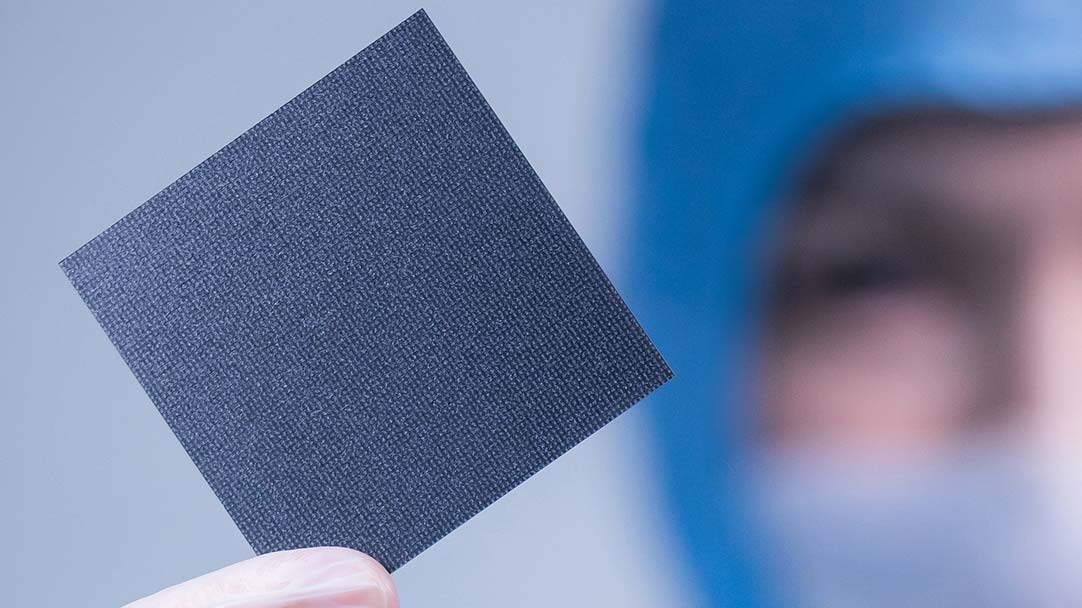
The best way to empathize micro-LED pixels is to think of the former Colossal-Tron displays at sporting events, where individual lights made upward the large, visible pixels of the screen. Just those displays were giant in size and low in resolution, and wouldn't be suitable for home employ. On the other hand, microscopic LEDs, literally microns beyond in size, are modest enough to function as individual pixels in a more traditional brandish.

Clustered in triplets of red, blue, and green, each cluster is a single pixel that tin be lit up for whatever color or brightness level y'all desire, or even switched off entirely. That switching off adds something that LCD panel TVs tin't offering: true blackness and infinite contrast.
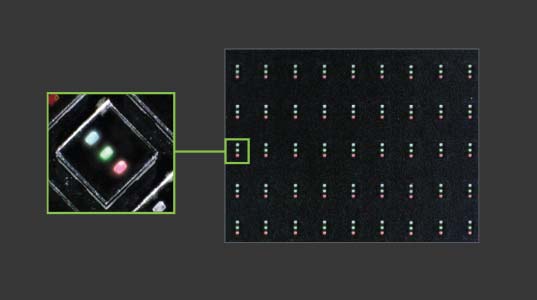
Merely they also can practise a trick OLED TVs haven't yet been able to achieve, which is brightness levels up to 5,000 nits, roughly 5 times the tiptop luminance of the brightest OLED displays. Micro-LED also promises to prepare the last nagging business for OLED buyers: Screen burn in. Thanks to the different chemical and electro-luminescent properties of OLED and micro-LED, individual micro-LED pixels will accept no gamble of retaining static images over time, and should last much, much longer without the color degradation that occurs with OLED'south organic materials.
Samsung has been showing off micro-LED displays for a couple of years now, with commercial signage and proof of concept demonstrations of The Wall, a massive modular micro-LED Tv set that measured 146 inches, literally enough to cover a wall from flooring to ceiling. (Not to be left out, manufacturers like LG, Sony and TCL have all shown off similar micro-LED displays in the last two years.)
Just in that location was another reason for that enormous size: Samsung was withal refining the manufacturing of micro-LEDs, and that'south the size that was needed to hit 4K resolution. Withal, Samsung has successfully fabricated the micro-LEDs more than micro, and shrunk The Wall down into the much more reasonable 110-inch Samsung MicroLED Tv set for 2021, with smaller sizes certain to follow as the engineering science is further refined.
Should you purchase a Micro-LED Television receiver?
While they will be on the market, we recommend holding off on ownership a micro-LED set. Right now, the few models that will be sold are going to be positively giant, and will have price tags to match. Think tens of thousands of dollars for a 4K micro-LED TV.
For that sort of money, you lot can get much better resolution, even if you want a Television receiver that's besides big to fit through the door. Samsung, LG and Sony all offer big screen 8K sets, with sizes up in the 88- to 98-inch range. Prices are between $xxx,000 and $threescore,000. We'll let you decide if you can afford something like that.
More importantly, we expect 8K sets to get a lot more affordable in the coming year. Samsung's most affordable 65-inch 8K prepare is already selling for less than $iii,000, and we expect additional affordable models from more Goggle box makers in the next few months. Micro-LED is definitely a technology to keep an centre on, but it'south probably non worth buying right out of the gate.
Source: https://www.tomsguide.com/news/micro-led-vs-mini-led
Posted by: abarcaalts1960.blogspot.com


0 Response to "Micro-LED vs. Mini-LED: What's the difference?"
Post a Comment